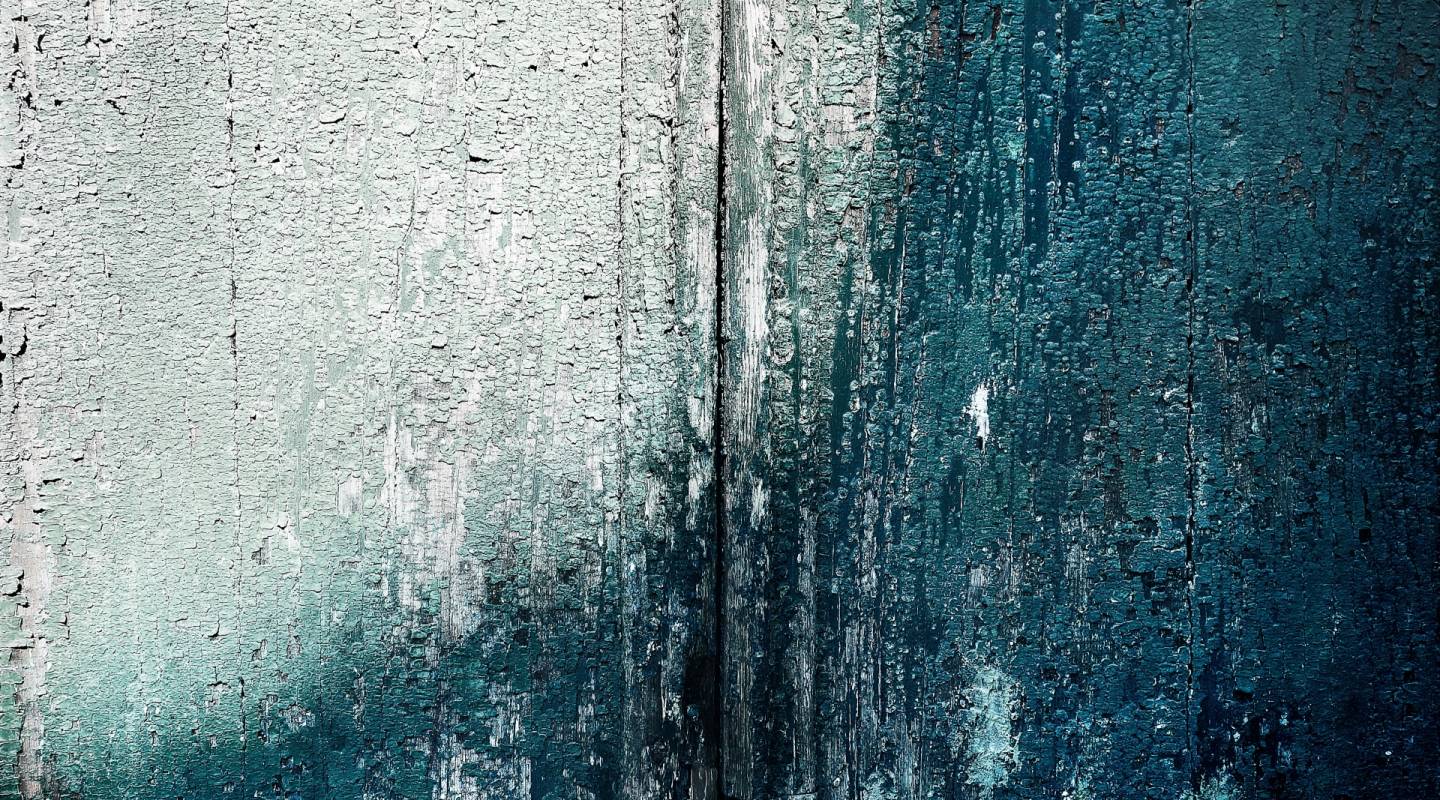
Türkiye
Capital city — Ankara
Country population
i2017/ ICPRType of government
Human Development Index
0.76771/188
Homicide rate (per 100,000 inhabitants)
Total number of prisoners
229,790In 2005 the priso…
Prison density
i2017/ ICPRAn NPM has been established
yesThe National Inst…
Female prisoners
Incarcerated minors
Percentage of untried prisoners
Death penalty is abolished
yes, abolished since May 7, 2004The reintroductio…
Security, order, and discipline
Security measures
Security functions are fulfilled by
- the prison administration
- the army
- the police or gendarmerie
Some prison facilities, units or cells implement high-security measures
The F-type prison, Silivri, has sophisticated security measures. Guards observe prisoners from the top of watchtowers1, and metal detectors and iris recognition devices have been installed at the entrance to the facility. The regime of type F high-security prisons is one of isolation.[^isolation] The regime for type F high security prisons is isolation. The cells are arranged so that the prisoner never has to leave; they include a bathroom, bed, table, and chair. They are soundproof and are rarely bigger than three metres long. Prisoners don’t have contact with their fellow inmates. They have access to neither books nor music.
Before the declaration of the state of emergency in July 2016, women could not be placed in type F prisons, (high security prisons)2 except for when serving an aggravated life sentence.
[^isolation]:“F-type prison, what is it?“ in Kedistan, May 2017.
According to testimony SalilShetty, Secretary General of Amnesty International, December 2017. ↩
Platform for Peace and Justice, “A comprehensive report on the prison conditions in Turkey - In Prison 2017”, p. 6. ↩
Strip searches and cell searches are considered particularly humiliating by prisoners. The procedure and frequency vary from one institution to another.
Relatives who enter the prison are searched using the following methods
no
Professionals who enter the prison are searched using the following methods
no
Incidents
The prison service keeps record of incidents
Numerous hunger strikes were identified during the year. Eighty-five people were on a hunger strike in April 2017 in four different prisons.
-
In February 2017, Kurds prisoners, convicted for joining the PKK, began a hunger strike in six prisons. They denounced abusive placement in solitary confinement and constant ill-treatment. They demanded the release of Abdullah Ocalan, former leader of the PKK, imprisoned on the island of İmralı. Amnesty International and the Committee for the Prevention of Torture (CPT) repeatedly report the psychological torture of one of the PKK’s founders.
Solitary confinement
Solitary confinement can be used as
- sanction
- security
Certain prisoners of conscience were placed in type F prisons under extreme and dehumanizing isolation. They were subjected to constant body searches. Conversations with their lawyers were under surveillance.
The duration for placement in solitary confinement is limited
no
The use of isolation confinement is recurrent and abusive and reserved mostly for political prisoners.
-
The German-Turkish journalist Deniz Yücel has been [kept in isolation confinement for several months](https://www.challenges.fr/world /for -the -reporter-deniz-yucel-turkey-derive-towards -the - fascism_512622) in the Silivri prison.
The use of “sponge cells” (süngerliodala in Turkish) is widespread; they take their name from the yellow foam mattress that surrounds their walls. The attorney Banu Guveren reported that a female client was confined in one of these cells for 30 days, deprived of all human contact. Her mattress was waterlogged when she arrived in the cell These “sponge cells” would be considered, along with the beatings, as an additional disciplinary measure
Access ton an outdoor courtyard is very limited.
Access to work or the library is considerably limited.
The maintenance of family ties is considerably limited.